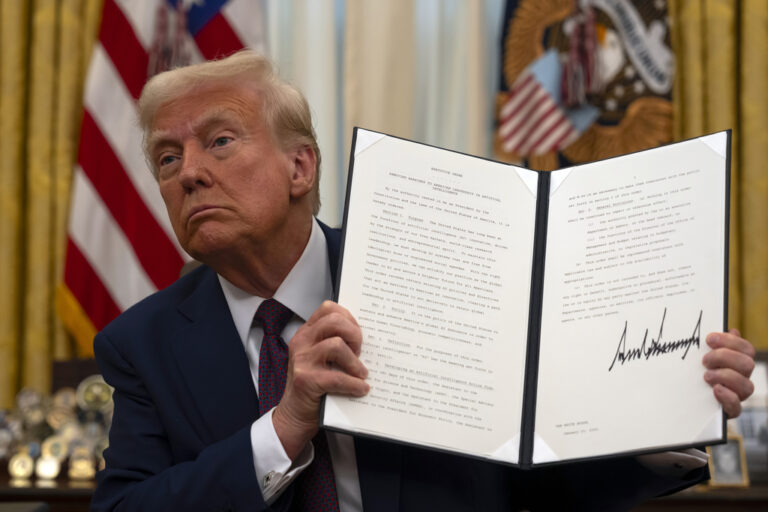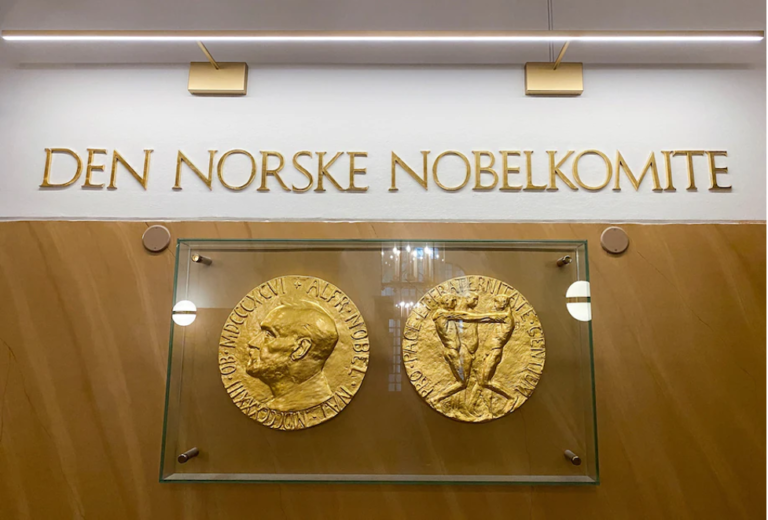
In the good old days, there used to be a finality about extinction. Back then, being the last of your kind meant something. Direwolves, white-furred wolves that make today’s wolves look like poodles, for instance, went extinct nearly 13,000 years ago, only to be revived in pop culture by a successful writer and his television series. Grey Wind, Ghost, Lady, Summer, Shaggy, and Nymeria were the fictional direwolf pups created by George R. R. Martin in “A Song of Ice and Fire.” Now, direwolves have come alive. And not just on “Game of Thrones.”
Last month, Colossal Biosciences, a Dallas-based biotechnology company, announced the birth of three healthy direwolf pups: Remus, Romulus, and Khaleesi. Utilizing direwolf DNA found in a preserved tooth, scientists at Colossal co-opted the DNA of grey wolves, who share much of their DNA with their extinct cousins, to create surrogate direwolf embryos carried to term. Of course, no biotechnical marvel would be complete without its fair share of scientific controversy; relevant scientists around the world are locked in a debate over whether the three puppies are direwolves or merely edited grey wolves.
However, in this case, debates over the science of the direwolf serve to obfuscate the far-reaching implications of bringing an extinct species back to life. Once, Teddy Roosevelt claimed that, “In the United States … we pollute the air, we destroy forests, and exterminate fishes, birds, and mammals.” More optimistically, he concluded, “But at last, the people were awakening.” People were awakening to the catastrophic loss of biodiversity that threatened the planet. The return of the direwolf may bring that awakening to a grinding halt.
The World Wildlife Fund sports a giant Panda as its logo. Chi-Chi, the Giant Panda on the logo, was delivered to the London Zoo in 1961, the same year as the W.W.F.’s founding. Chi-Chi inspired an emblem that would become the most recognizable symbol of wildlife conservation worldwide. Chi-Chi’s success as a symbol was consequent to the pathos appeal emulated by the bear: a beautiful creature who was being driven to extinction by human action. Under Chi-Chi’s banner, the W.W.F. achieved several notable conservation victories, including the preservation of Arctic territories and the end of the ivory trade for elephants. But, what happens to the collective consciousness of conservation when that extinction — even the extinction of a mascot — feels like it could be reversed?
The conservation movement encompasses a broad range of spheres within its purview, including the preservation of scenic landscapes, the careful management of natural resources, and the conservation of animals and their habitats. While the former two dominated the conversation around conservation at the movement’s inception, the late 20th century saw a drastic shift towards animal protection as the driving force behind ecological policy in the United States. Michelle Nijhuis, author of “Beloved Beasts” and an expert on the history of conservation, explains that the bulk of conservation work involves preserving animals in abundance and in their natural connections with one another. However, she clarifies, the actual work of conservation is often obscured from the public eye by the preservation of charismatic animals, such as the rhino and the eagle, which drive conservation efforts. The direwolf’s revival may have a chilling effect on animal conservation, especially if the revival of species becomes a common scientific practice. The thinking is clear: if the animals go extinct, we will simply bring them back.
The world’s wildlife populations have decreased by nearly 70 percent in the last fifty years. Animals play a crucial role in preserving biodiversity and promoting reforestation, particularly in tropical regions. The advent of the direwolf, if replicated, could save and grow these forests, restoring lost ecosystems by reversing extinction. On the flip side, the loss of the charismatic animal’s power as a symbol could lead to reduced ecological policy priorities, a lack of funding for nonprofits engaged in conservation work, and the potential disruption or extinction of existing ecosystems.
Perhaps the most problematic can of worms the revival of the direwolf opens is its impact on human testing. In China in 2019, He Jiankui and two other collaborators pled guilty to illicit genetic manipulation of babies in embryonic stages. He claimed that the experiment attempted to devise a method to prevent the risks of H.I.V. in the future. Although details of his experiment have been sparse, the publication of his results set off a storm of debate among bioethicists, governments, and the affected families.
The applications of a perfected gene-editing technique are severe and may prompt authoritarian control. The fascists’ dream would have been to edit the human genome, to create “perfect,” homogenous humans who would unquestioningly serve the state. CRISPR gene-editing’s potential makes it a valuable tool in ameliorating diseases that have no known cures. Still, it can just as easily become a weapon in military conflict or be used to select for traits that are known to be “good.” In a Trumpian world, the courage to protest is an undesirable trait. Robert F. Kennedy Jr. has declared war on neurodivergence. We must be exceedingly careful in defining what we consider a disease. We must limit the scope of gene-editing to ensure our individuality is not at stake.
The architecture of the direwolf’s return is a lesson in the intersection of politics, technology, and social movements. In “Game of Thrones,” only one direwolf remains beside his human, Jon Snow. Or perhaps, Jon Snow is the only human to survive his direwolf. The de-extinction of a species is not a decision to be taken lightly. As with all scientific breakthroughs, it is imperative that such technology doesn’t fall into the wrong hands or be used for unethical purposes. We cannot allow the direwolf’s revival to butcher ongoing environmentalism or set a precedent for uncontrolled human testing.
The Zeitgeist aims to publish ideas worth discussing. The views presented are solely those of the writer and do not necessarily reflect the views of the editorial board.



